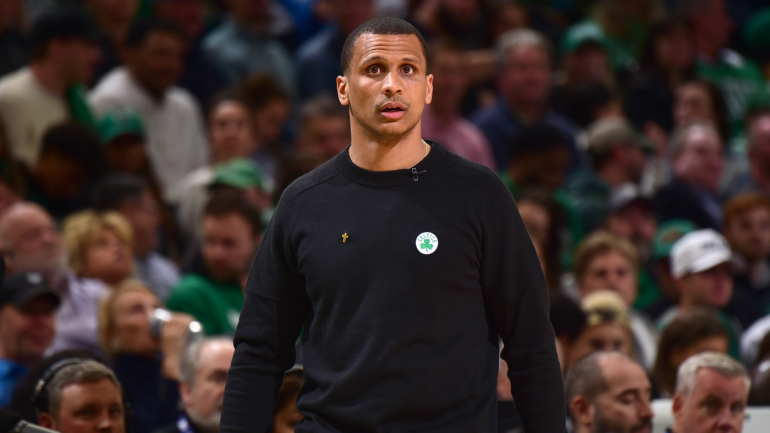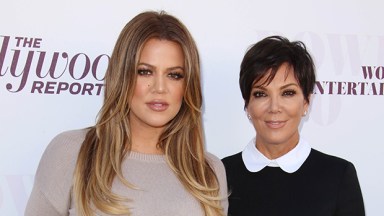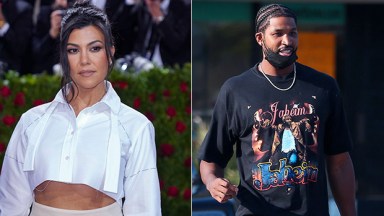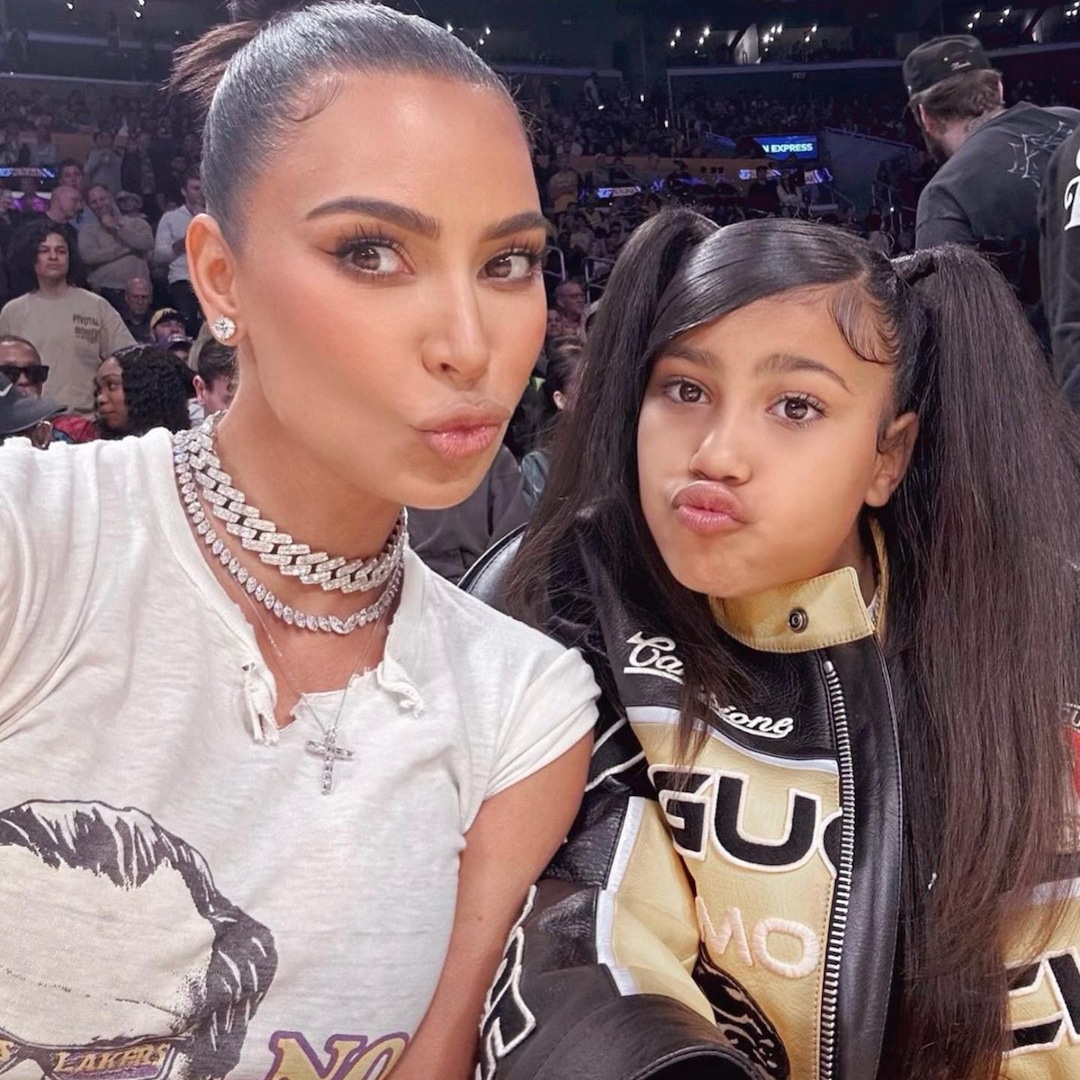
Getty Images
The Boston Celtics and Miami Heat are led by coaches with very different temperaments. Erik Spoelstra, the second-longest tenured coach in the NBA, uses his timeouts aggressively when things aren’t going according to plan. Joe Mazzulla, Boston’s first-year head coach, is far more conservative with his timeouts. He prefers to let his team figure things out on the floor so he can save those timeouts for late-game scenarios if he needs them.
Those stylistic differences were on full display in Game 1 of the Eastern Conference finals. When the Celtics used a quick 7-0 run to cut Miami’s lead to five, Spoelstra called a timeout just 94 seconds into the fourth quarter in an attempt to swing the momentum of the stretch. It worked. Boston never got closer than four points the rest of the way.
Mazzulla had several similar opportunities to call timeouts in the third quarter. Boston led the game by nine points at halftime, but the Heat won the third quarter 46-25. Aside from a mandatory TV stoppage, Mazzulla didn’t call a single timeout during Miami’s onslaught. “I called two in the first quarter,” Mazzulla said after the game, later explaining that he would have used one in the third quarter had he not spent two in the first. Boston ultimately didn’t call a timeout of its own accord in the second half until the 3:19 mark of the fourth quarter.
Mazzulla got heated during the third-quarter timeout he was forced to take, and was caught on camera throwing his clipboard in frustration.
For new head coaches, one of the hardest elements of running a team is game management. There is no way to simulate it ahead of time. Spoelstra has spent the past 15 years mastering every element of the craft. Mazzulla is still learning on the fly, and Game 1 offered him a lesson from the veteran: conserve your timeouts in the first half because you’re almost certainly going to need them in the second.
The coaches leading the Boston Celtics and Miami Heat exhibit contrasting temperaments and approaches. Erik Spoelstra, the second-longest tenured coach in the NBA, employs a more aggressive use of timeouts when faced with unfavorable circumstances. On the other hand, Joe Mazzulla, Boston’s first-year head coach, adopts a more conservative strategy, preferring to allow his team to find solutions on the court and saving timeouts for critical moments in the latter stages of the game.
These divergent coaching styles were evident in Game 1 of the Eastern Conference finals. As the Celtics launched a quick 7-0 scoring spree, narrowing Miami’s lead to five points, Spoelstra promptly called a timeout merely 94 seconds into the fourth quarter, aiming to shift the momentum. His decision proved effective, as Boston failed to come within four points of Miami for the remainder of the game.
In contrast, Mazzulla had multiple opportunities to call timeouts during the third quarter. Although Boston held a nine-point lead at halftime, the Heat dominated the third quarter with a 46-25 scoring run. Apart from a mandatory TV stoppage, Mazzulla refrained from utilizing any timeouts during Miami’s onslaught. After the game, he acknowledged having called two timeouts in the first quarter and stated that he would have employed one during the third quarter if he hadn’t already used two earlier. It wasn’t until the 3:19 mark of the fourth quarter that Boston autonomously called a timeout.
During the forced third-quarter timeout, Mazzulla’s frustration became apparent when he was captured on camera throwing his clipboard in a display of anger.
For newly appointed head coaches, managing games presents one of the most challenging aspects. It cannot be fully simulated or anticipated beforehand. Spoelstra has spent the past 15 years honing every aspect of this craft, mastering the intricacies. Conversely, Mazzulla is still learning on the job, and Game 1 served as a valuable lesson from the experienced Spoelstra: preserve timeouts during the first half because they will likely be crucial in the latter half of the game.







